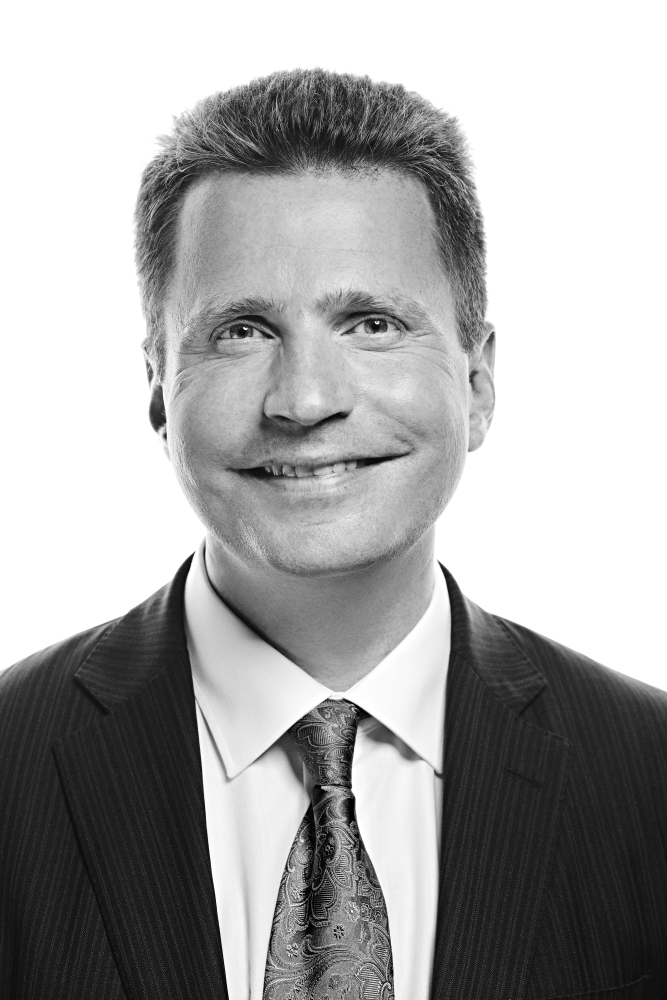Pharmaceuticals
Biosimilars rising: an interview with BIOCAD’s Roman Ivanov 8th December 2017
By our Editorial Team
As we observe an increased uptake of biosimilars in the USA and Europe, we speak to Roman Ivanov, Vice President for R&

 As we observe an increased uptake of biosimilars in the USA and Europe, we speak to Roman Ivanov, Vice President for R&D at BIOCAD, about the underlying science and market potential for these biological compounds.
As we observe an increased uptake of biosimilars in the USA and Europe, we speak to Roman Ivanov, Vice President for R&D at BIOCAD, about the underlying science and market potential for these biological compounds. Biotechnological company BIOCAD recently announced plans to enter the European market with its novel biosimilar products. The largest biotech in Russia, BIOCAD is ripe for this expansion. As recent reports showed an increased uptake of biosimilars in Western countries, we spoke to an expert in the field and discussed the science behind these molecules and what drives their rapid rise worldwide.
First of all, what is a ‘biosimilar’ and how does it differ from a standard ‘generic’ drug?
Dr Ivanov: The intrinsic variability of complex biological molecules makes it impossible to produce two batches with exactly the same quality attributes, even if we talk about the same drug. Therefore, while a generic small molecule product might be a perfect copy of the reference drug, we can never exactly re-create biologicals – rather, we develop products that are similar to the reference in relevant ways, hence the name biosimilar. Differences in manufacturing processes between the intended biosimilar and the reference product create additional risks. That’s why biosimilars need to undergo a comprehensive comparability exercise, including clinical studies, to demonstrate their similarity to the reference product.
This means that every biosimilar needs to be developed uniquely – what is the general process for designing a new biosimilar?
Dr Ivanov: First, a developer of a biosimilar should define critical quality attributes and establish a quality target product profile based on analysis of multiple batches of the reference product. The manufacturing process of the intended biosimilar should be fine-tuned to achieve the highest possible degree of similarity to the reference product. Then the developer should prove the similarity of the product manufactured at the commercial scale using a large panel of orthogonal analytical tests, including multiple biological assays. If the similarity is confirmed and there are no differences that may affect the safety and efficacy of the biosimilar, further studies are required to confirm that the PK/PD, efficacy, safety and immunogenicity are also similar to those of the reference drug.
Clearly, the development of a biosimilar is a complicated process. Doesn’t that make it very expensive? How can biosimilars still be significantly cost-saving compared with reference products?
Dr Ivanov: Use of modern expression systems and novel manufacturing solutions may lead to a significant reduction in cost of goods. Even more importantly, if the reference product was approved for additional therapeutic indications, the extrapolation significantly reduces clinical development costs of a biosimilar compared to the reference product. This can translate into significant cost savings when using biosimilars rather than reference products.
What sort of impact do you think your products have had already on access to affordable healthcare in Russia?
Dr Ivanov: Before BIOCAD launched its trastuzumab biosimilar, less than a third of women with HER2-positive breast cancer in Russia were treated with the original product. Thousands of women were denied the access to the medicine that might significantly prolong a life or even save it. Today the price of trastuzumab dropped by almost 75% and the drug is available for virtually anyone. It means many thousands of additional years of life for someone’s mothers and grandmothers. This is the result we are certainly proud of.
Presumably, affordable healthcare is also driving the increased uptake of these compounds in the West. What do you think are the main opportunities for biosimilars in Europe?
Dr Ivanov: Healthcare budgets are limited, while prices of novel medicines continue to soar, especially in oncology. European healthcare needs biosimilars to enable access to those next-generation products that serve unmet medical needs.
The situation in the US is a little different, as a minority of healthcare in the US is state-funded, but do you think the cost advantages of biosimilars also play well with President Trump’s declaration early in his Presidency that he planned to save Medicare $300 billion a year by negotiating drug prices?
Dr Ivanov: Though the US pharmaceutical market is not as price-sensitive as many others, one should take into account that a very sizable share of biologics is reimbursed via different programs funded by the federal government. The recent changes in the FDA’s attitude towards generics resulted in reduction of the ANDA backlog and in speedy approvals of some non-biologic complex drugs. This clearly indicates that access to affordable medicines, including biosimilars, is really a priority for the US government.
BIOCAD recently announced plans (in October 2017) to enter the European market. How are those plans proceeding, and with which products do you plan to enter Europe?
Dr Ivanov: In 2018, we plan to initiate clinical studies of three of our biologicals in the EU – one biosimilar and two innovative monoclonal antibody-based drugs. In addition, we are currently developing a portfolio of injectable oncology generics for the EU market. We believe that in four years BIOCAD will be a noticeable player on the EU market and, hopefully, will become a game-changer in terms of affordability of high-quality medicines for the treatment of oncology and autoimmune diseases.
Interview with:
Roman Ivanov, Vice President for R&D at BIOCAD Biotechnology Company 34-A, Svyazi Ul., Strelna, Petrodvirtsoviy District, St Petersburg 198515, Russia
E-mail: ivanov@biocad.ru
E-mail: ivanov@biocad.ru
Tel: +7 (812) 380 49 33


